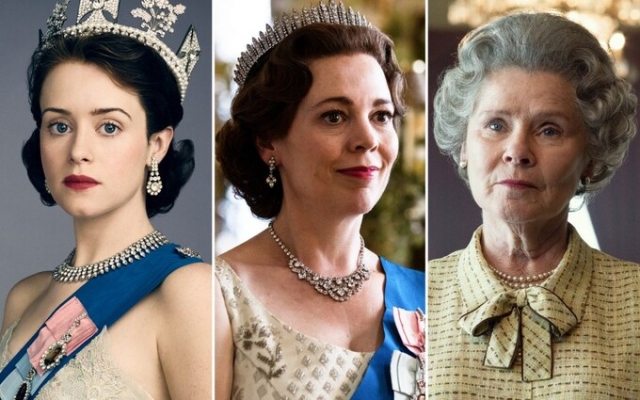 Three Queens: Claire Foy, Olivia Colman and Imelda Staunton
Three Queens: Claire Foy, Olivia Colman and Imelda Staunton
What do Claire Foy, Olivia Colman and Imelda Staunton have in common? In addition to the obvious truth that they are three of the most respected and beloved actresses working today (with awards between them including an Oscar, five BAFTAs, four Golden Globes and many more), they have all played Queen Elizabeth II in the six series of The Crown, which has now come to an end.
The final episode sees the three queens finally unite on screen, both in whimsical imaginary scenes in which the characters discuss the pros and cons of the queen's abdication around the time of Charles and Camilla's wedding, and at the end of the show when the three incarnations of Elizabeth II are shown standing together in Chapel of St. George.
Throughout the show, the trio portrayed characters from 21-year-old Princess Elizabeth, broadcasting across the Commonwealth in 1947 in episode 48:1, to increasingly conflicted matriarch Staunton. Her statements reflect this transformation: the young Queen Claire Foy declares: «I declare before you all that my whole life, whether long or short, will be devoted to your service and the service of our great Imperial family to which we all belong.» In the final episode, Peter Morgan has Staunton say ruefully to her younger self: «What about the life I've put aside? What about the woman I sidelined when I became queen?
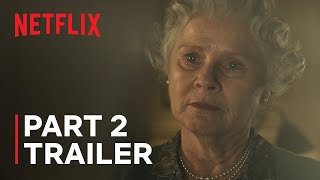
Both Foy and Colman were nominated for countless awards for their performances, although Staunton's less prominent portrayal of the monarch — overshadowed for much of season six by Elizabeth Debicki's uncanny performance as Princess Diana and Ed McVay as the sad and angry Prince William — was less praise.
However, all three have their strengths, and to their credit, the performances seem quite distinct from each other and in harmony with the late Queen, who remains a deeply beloved national figure and not just a year old after her death. However, everyone will have their own preferences — so which of the three queens was the best?
Claire Foy as young Elizabeth (1947–1964)
In many ways, Claire Foy had the toughest job of all three actresses when she took on the role of Queen Elizabeth in 2016 for the first two seasons of The Crown. Elizabeth II was portrayed to Oscar-winning effect by Helen Mirren in Peter Morgan's first look at the monarchy, 2006's The Queen. And since then, the only attempt to portray the younger Elizabeth on screen was the light-hearted drama A Royal Evening (2015), in which Sarah Gadon played the young princess who escaped from Buckingham Palace on the night of VE Day. a little fun and frolic. Thus, Foy had to not only follow the legendary actress in the role, but also dispel any notion of the then Queen as a figure as familiar to the nation as Buckingham Palace itself; in other words, she needed to revive the young monarch.
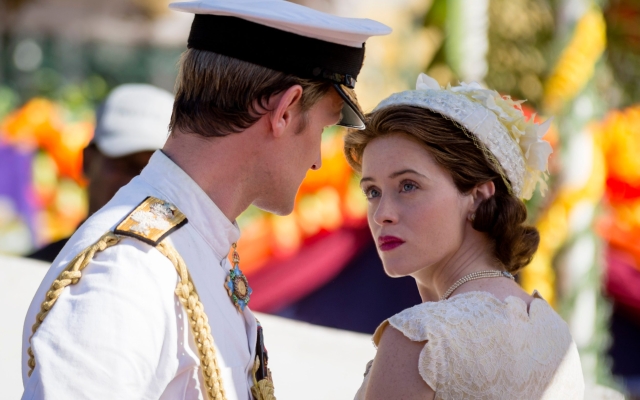 Matt Smith as Prince Philip and Claire Foy as Queen Elizabeth II. Photo: Coco Van Oppens/Netflix
Matt Smith as Prince Philip and Claire Foy as Queen Elizabeth II. Photo: Coco Van Oppens/Netflix
It was a major challenge for Foy, who was best known for her Bafta-nominated role as another young queen, Anne Boleyn, in BBC's Wolf Hall, but she rose to the occasion, demonstrating both regal dignity and theatrical brilliance. Over the course of two seasons (with brief appearances in the fourth, fifth and sixth), Foy had to not only portray the private life of Princess Elizabeth in her relationships with Prince Philip and her parents, but also convincingly suggest someone who could take on the role . on the mantle of greatness.
The key adversary she faces throughout the first series is John Lithgow's Winston Churchill, a figure who is both paternalistic and sometimes hostile towards her. This is exaggerated by Morgan for dramatic effect, as in reality the Queen and Churchill had a cordial relationship, but Foy and Lithgow, who both deservedly won awards for their performances, brilliantly convey the sense of mutual respect, sometimes tinged with frustration, as each of the two compete with each other friend for excellence.
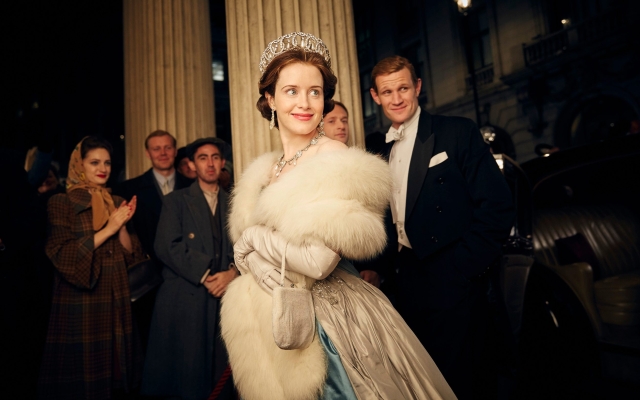 Claire Foy in The Crown Posted by Robert Wiglasski/Netflix
Claire Foy in The Crown Posted by Robert Wiglasski/Netflix
The most compelling storyline of the first season involves Elizabeth's realization that she must stop her younger sister Princess Margaret from marrying her lover Peter Townsend, thereby creating the dichotomy between duty and service that the series explores in subsequent seasons. Foy manages to convey some of the toughness of Cate Blanchett as Elizabeth I here, as she shows the queen transforming from loyal older sister to unapologetic defender of the institution. This is then reflected in the second season, which features some brilliant actors in exciting and original stories (my favorite being the excellent John Heffernan as Lord Altrincham in The Stooges, a peer who dares to attack the Queen for her aloofness and out of touch with reality, and subtly but firmly put in his place by her), but also depicts the difficulties in her marriage to Philip, amid subtle hints of his infidelity.
Foy is a superbly nuanced presence throughout both seasons, never overdoing it but suggesting deep reserves of pain and suffering with minimal dialogue and making her character the most likeable and sympathetic incarnation of the Queen ever seen on screen. It helps that, thanks to Netflix's apparently limitless budget, her costumes and sets are on a level of fabulousness that is truly dazzling, but it's her performance that dominates these seasons and never lets the scene-stealers from Lithgow to Alex Jennings (as the Duke of Windsor) and Vanessa Kirby (Princess Margaret) to outshine the Queen herself. And her occasional totemic repetitions in later seasons, used sparingly, also never fail to remind us of her brilliance.
Olivia Colman as middle-aged Elizabeth (1964–1990)
When Olivia Colman was filming the second incarnation of Elizabeth II, she won an Oscar for her role in Yorgos Lanthimos' dark comedy The Favourite, in which she played the monarch of the beginning eighteenth century Queen Anne. The praise undoubtedly boosted Colman's career and anticipation for a third season of The Crown, which was only partially fulfilled at the time.
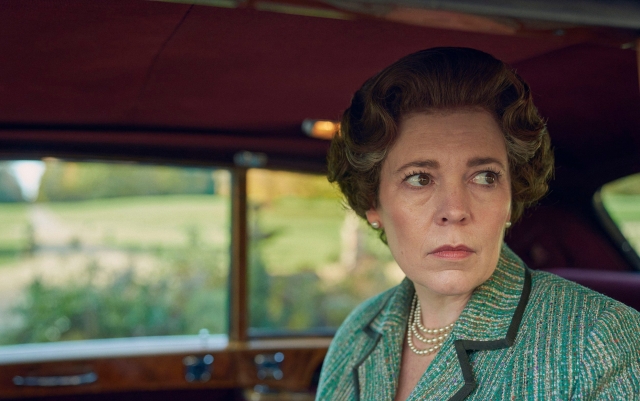 Olivia Colman played Elizabeth II in her middle years. Photo: Des Willy
Olivia Colman played Elizabeth II in her middle years. Photo: Des Willy
One major problem is that, after two seasons in which the Queen is the central figure in charge of circumstances, it often feels like Colman is reduced to the role of a passive observer, as in the Aberfan episodes set in the notorious 1966. disaster and Moondust, in which Tobias Menzies' Prince Philip becomes obsessed with landing on the moon, which in turn becomes a metaphor for his frustration at being forever a prince consort, literally and figuratively two steps behind. his wife.
According to The Crown fans, season three was a flop, but season four was a triumphant return to form, thanks in no small part to the performance of Emma Corrin as young Diana, who transforms from a wide-eyed young woman into a person coming to terms. with her enormous public popularity. That's probably true, and certainly the writing and acting in season four were sharper and more focused, not least thanks to Josh O'Connor's brilliant performance as the young Prince Charles.
However, the problem with Elizabeth II at this stage was that she began to feel like an extraneous character most of the time, and when she was present, Colman was much less likeable than Foy's embodiment of the role. (One may recall the scene at the end of Terra Nullius in which the Queen refuses to take part in Diana's unhappiness over her rapidly disintegrating marriage.)
It has often been suggested that Morgan is himself a republican, or at least unsympathetic to the royal family, and the cold, distant portrayal of the queen in seasons three and four certainly adds weight to that argument. It's a shame, because Colman is predictably great in the role; However, sometimes you wish a more human side could emerge through the thick shell of the monarchy.
Imelda Staunton as Sr. Elizabeth (1991–2005)
It has been suggested that Helen Mirren will return to reprise her role as the Queen in these final two seasons, which she played to great success on film and on stage in Morgan's play The Audience. Netflix boss Ted Sarandos persistently tried to woo her, although he admitted: “[I] could never tell how much of it was real and how much of it was a joke between us all,” and when he bumped into her at a film festival in 2015, he literally threw her her money, saying, «You know, you'll inevitably come back to do this, right?»
Mirren, however, was not interested in becoming a popular actress playing the elder Elizabeth II, and so the worthy Imelda Staunton was cast instead: oddly enough, she played the role of the Queen Mother in the 2003 spy drama Cambridge Spies.
Unfortunately, until the last episode of the final season, Staunton was relegated to the background due to the show's devolution into an ensemble piece. In episode five she was pitted against Elizabeth Debicki's Princess Diana and, to a lesser extent, Dominic West's Prince Charles, while in episode six the fallout from Diana's death and William's emergence into the spotlight means Staunton, who predictably ok in the role – she has much less to do. Unfortunately, she mostly has to stand there and look stern before showing a more vulnerable side in private moments with Jonathan Pryce's stern Prince Philip. It's telling that the heartbreaking episode of The Ritz, which chronicles Princess Margaret's end, again suggests that in death, as in life, it was the more glamorous sister who captured everyone's attention.
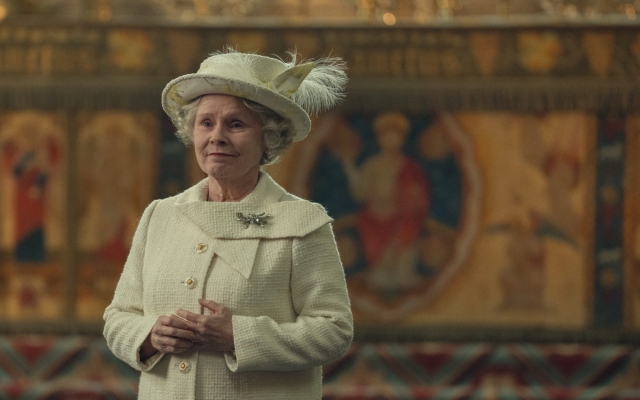 Stern: Imelda Staunton as Elizabeth II
Stern: Imelda Staunton as Elizabeth II
When she finally comes to her senses, in the series six finale «Sleep, Darling, Sleep», when she considers the decision to abdicate in favor of her son — a piece of complete fiction — and wonders what might have been if her whole life has not changed. being in the grip of one's royalty as well as anticipating one's own mortality is extremely effective, but many will consider it too little, too late. Staunton has always excelled at underplaying her characters, as anyone who's seen her in Vera Drake and Hitchcock's The Girl knows, and she brilliantly captures the Queen's sense of quiet disappointment and wounded pride. But Staunton's embodiment of Elizabeth II is neither matriarchal nor — for the most part — particularly regal, meaning that for most she will end up being an interesting afterthought to the other two performances rather than a dynamic character in her own right.
And the winner?
It has to be Foy, with Colman coming in second and Staunton, alas, trailing behind in third. Not only does she have the best scripts, the best fashion and the most interesting dramatic arc, but she manages to age convincingly from a naive 21-year-old girl to a seasoned 38-year-old monarch. Foy shows the ruthlessness she sometimes has to display, but never makes her regal character anything other than sympathetic. Indeed, send her in as a winner.
The Crown is now on Netflix










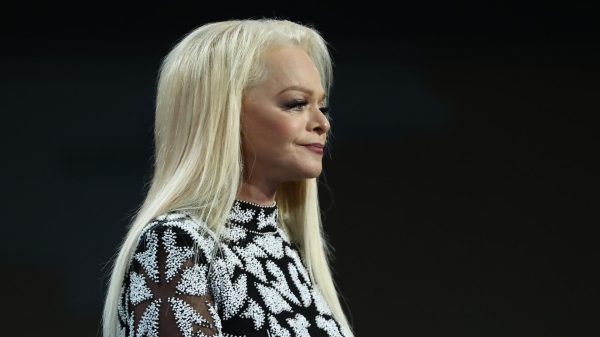
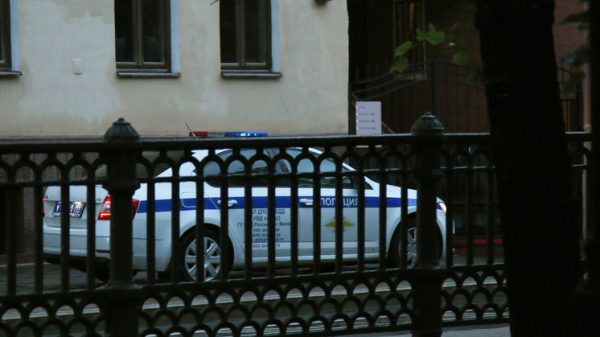
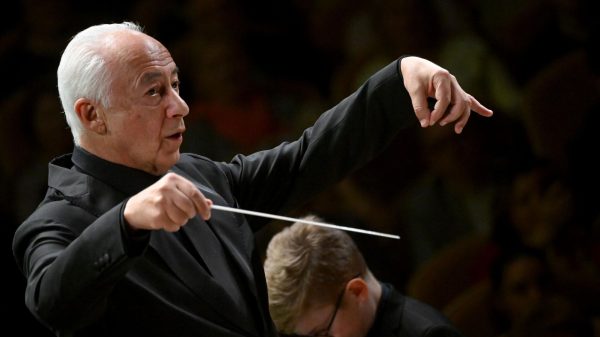
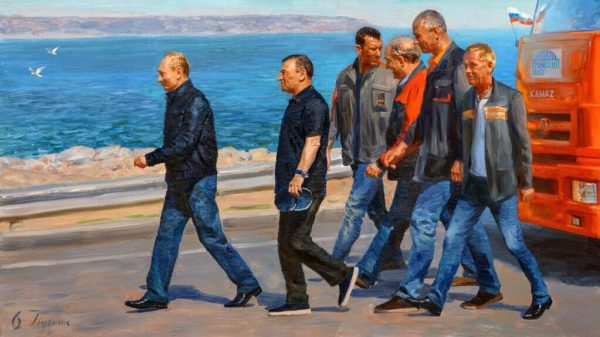
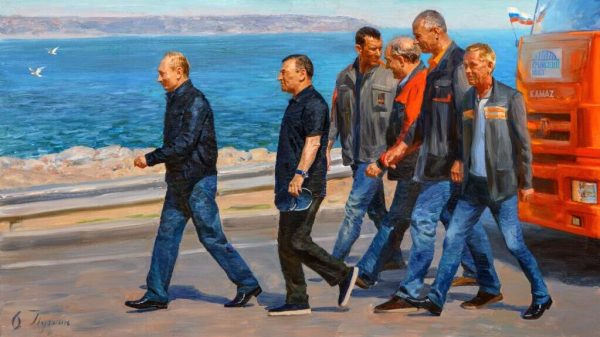
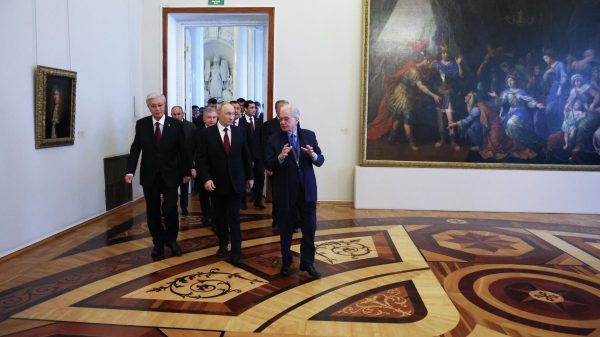
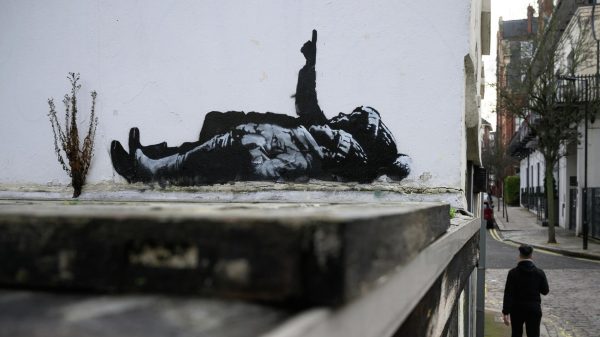




































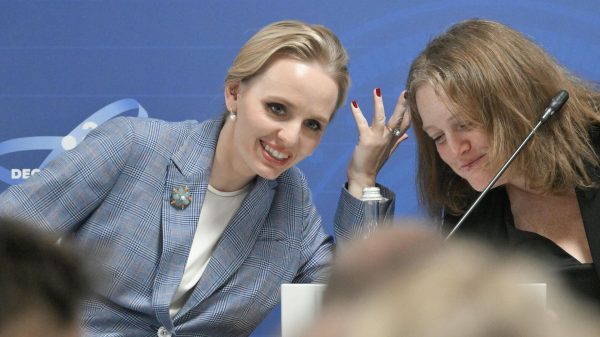
Свежие комментарии